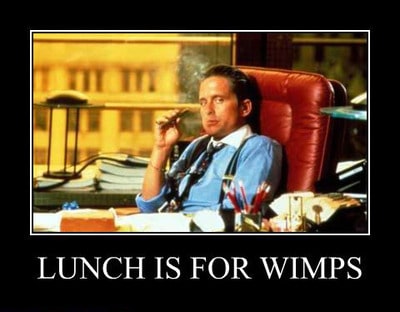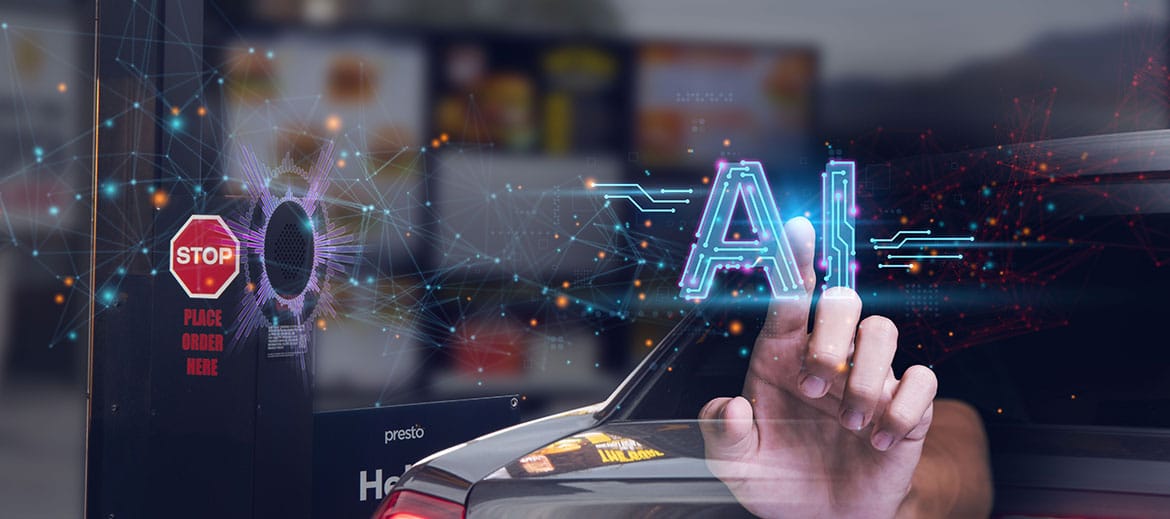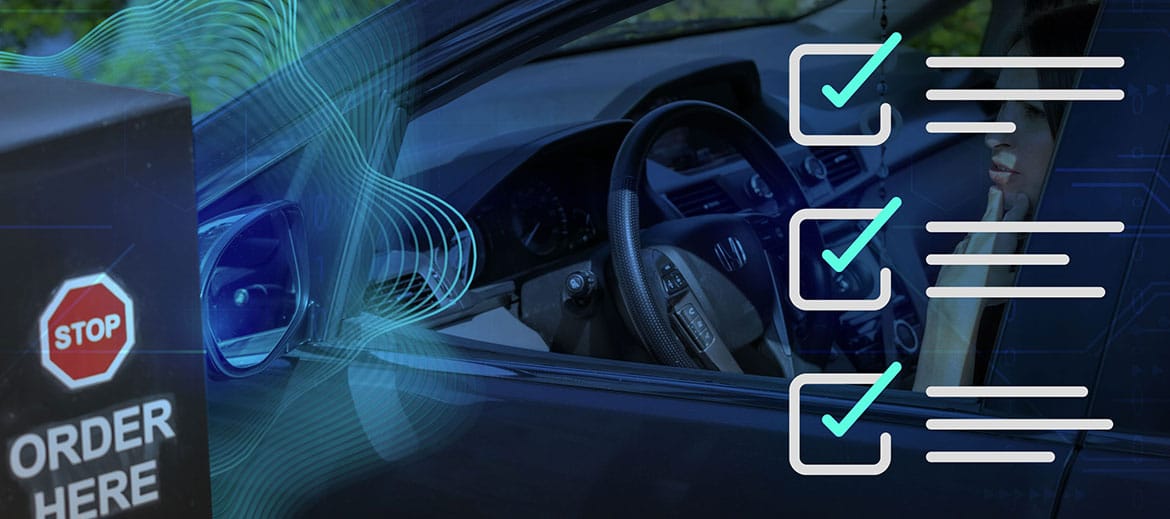Was Gordon Gekko the person who killed lunch? In the 1987 movie “Wall Street” Gekko uttered “Lunch is for Wimps”. At the time the lunch hour was still common, and most people still went out every day to eat with friends or colleagues. Since then lunch has made a precipitous decline.
Today, lunch is used just as often for errands, FaceBook or working. A survey by staffing agency OfficeTeam found that 48% of office workers take 30 minutes or less for lunch. Roughly half of Americans eat lunch alone. A survey by the Hartman Group shows that Millennials prefer eating alone. A quarter said, “I eat alone to multitask better”. According to the New York Times (Failure to Lunch, 2/28/21016) 62% of professionals new typically eat at their desks, a phenomenon known as “desktop dining”.
The Impact on Restaurants
Restaurants in the Casual and Fine Dining segments have been most impacted. Diners have increasingly shifted from Casual Restaurants to Fast Casual. In 2012 Technomic reported a 12 percent increase in lunch sales at Fast Casual Restaurants. Anecdotal evidence in 2016 suggests even Fast Casual Restaurants may be witnessing declining sales for the first time. One cause may be a continuation of the trend against eating lunch and declining incomes for most Americans. Meanwhile, NPD Group reports that prepared food sales by grocery stores have increased by 28% since 2008. Other sources theorize that people are eating lunch out less often due to increases in telecommuting, online shopping, and surging health care costs leading consumers to cut back on eating out.
Fine Dining has also suffered. Many restaurants are seeing declines of 20% in recent years. An additional factor for high-end restaurants may be cutbacks in corporate budgets during the 2008 Great Recession. In many cases, those budgets were never restored, even as business improved in recent years. Many restaurants in the Fine Dining Segment have begun delivery to mitigate falling lunch sales.
Is There Anything Restaurants Can Do?
Of course, restaurants have already taken steps to help stem their losses. Many have worked to speed up lunch service to encourage working professionals to keep coming back. Others have beefed up delivery services on their own or partnered with companies like EatClub.com to bring lunch. Of course, the growth of the Fast Casual Segment itself was likely a recognition of the decline of the lunch hour.
Restaurants may benefit from educational efforts for both employers and employees. Brian Wansink of Cornell University’s Food and Brand Lab has pronounced that eating at the desk is no longer a sign of industriousness, based on research he has conducted. Today, the employee eating lunch at the desk is just as often someone on FaceBook instead of doing work. Perhaps employees have taken steps on their own to “get back” their time?
Employees also seem to be using lunchtime to be attending to errands, visit the hair salon, or use the time in other ways besides eating. Between time used for non-work trips out of the office, and looking at FaceBook while at the desk, employers may be benefiting far less from “more work” than they imagine.
Wansink and his colleagues also conducted research that found that Firefighters that ate and cooked meals together as a team had higher work performance and greater cooperation in their primary work duties. Wansink concluded that workplace satisfaction is much higher when professionals eat lunch together. Workers that ate together liked their jobs and colleagues more. Employers may actually benefit from higher productivity from staff that go out together for lunch, work better as a team, and quit their jobs less often in order to look for another job they believe they’ll enjoy more. Restaurants may be able to encourage employers to “let their people go”. To lunch that is.
Restaurants may also be able to encourage professionals to embrace lunch once again. After all there is more to life than just work. Restaurateurs may see increased business if they can encourage workers to “Get a life. Go have lunch.”



